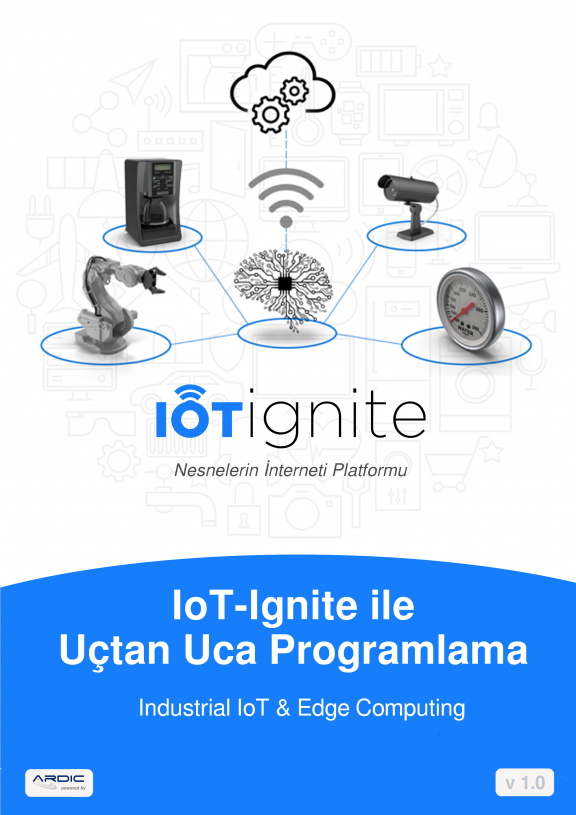Android Things Works Better with IoT-Ignite
Google has announced Android Things, its new IoT platform for building smart devices easily on top of Android APIs. Android Things lets you build professional, mass-market products on a trusted platform, without previous knowledge of embedded system design.
As it is very well-known, Android has a significant advantage of being an open source with an extensive developer ecosystem. This makes developing IoT services on Android an efficient and inexpensive task in terms of time and effort.
IoT-Ignite platform started to positioning Android as a gateway in terms of device and OS for IoT world for long time, couple months ago, opened IoT-Ignite platform, iot-ignite.com as an open platform for global usage.
In addition to Android Things features, IoT-Ignite provides extra and complementary features to IoT service developers. Service development becomes easier for IoT Project owners by the some of these extra features such as:
- Service Container,
- Complex Event Processing framework,
- Virtual Processor framework (similar to sensor fusion),
- Physical and Virtual Node/actuator/sensor auto discovery and management framework,
- End to end service deployment and service abilities for real life large scale deployment scenarios.
IoT service developers can use IoT-Ignite SDK to register their things, send data to its cloud and receive commands or configurations from it easily without considering any networking protocol such as MQTT. Also, things can receive commands or built-in configurations like data recording and transmission rate or custom configurations in order to make their services flexible.
IoT-Ignite provides Complex Event Processing (CEP) functionality on the edge devices. A CEP rule consists of the parts: conditions based on sensors data, and actions to be implemented when conditions become true. Especially time critical situations can be handled autonomously thanks to edge CEP, even devices do not have a network connection. For example, dementia patients in a nursing home can be tracked with fall detection sensors. An immediate action such as generating an alarm can be taken when patient falls down.
Existing IoT services either send data directly from edge devices to the cloud or passes raw data through gateways without processing. In both cases, high volume data traffic is carried between edge and cloud. IoT-Ignite enables meaningful data transfer capability by processing data at the edge. It supports “Virtual Ignite Processors” for service developers. Developed Virtual Ignite Processors can generate events or mimic virtual sensors by processing data received from multiple sources.
IoT- Ignite treats them as part of its thing ecosystem. For example, let’s think of an inventory management solution that uses RFID devices -in order to count products in a warehouse. This solution aims to detect product movements and record if products are taken out of warehouse or new products are delivered. An actual RFID reader reads tags at a very high rate: more than 100’s tags can be read on the edge device. Product in/out events can be created by a virtual ignite processor application developed in Android. IoT-Ignite supports virtualized data events from sensors. It is possible to define CEP rules using virtual events and actions such as a product in or out. For example, if product amount decreases abnormally, an action such as ordering critical product can be triggered based on IoT- Ignite CEP rule management system.
IoT-Ignite extends Android Things features day after day. IoT-Ignite is your most handy tool to enable your services with amazing feature sets and you have an ultimate IoT platform with Android Things power and IoT-Ignite golden features.






